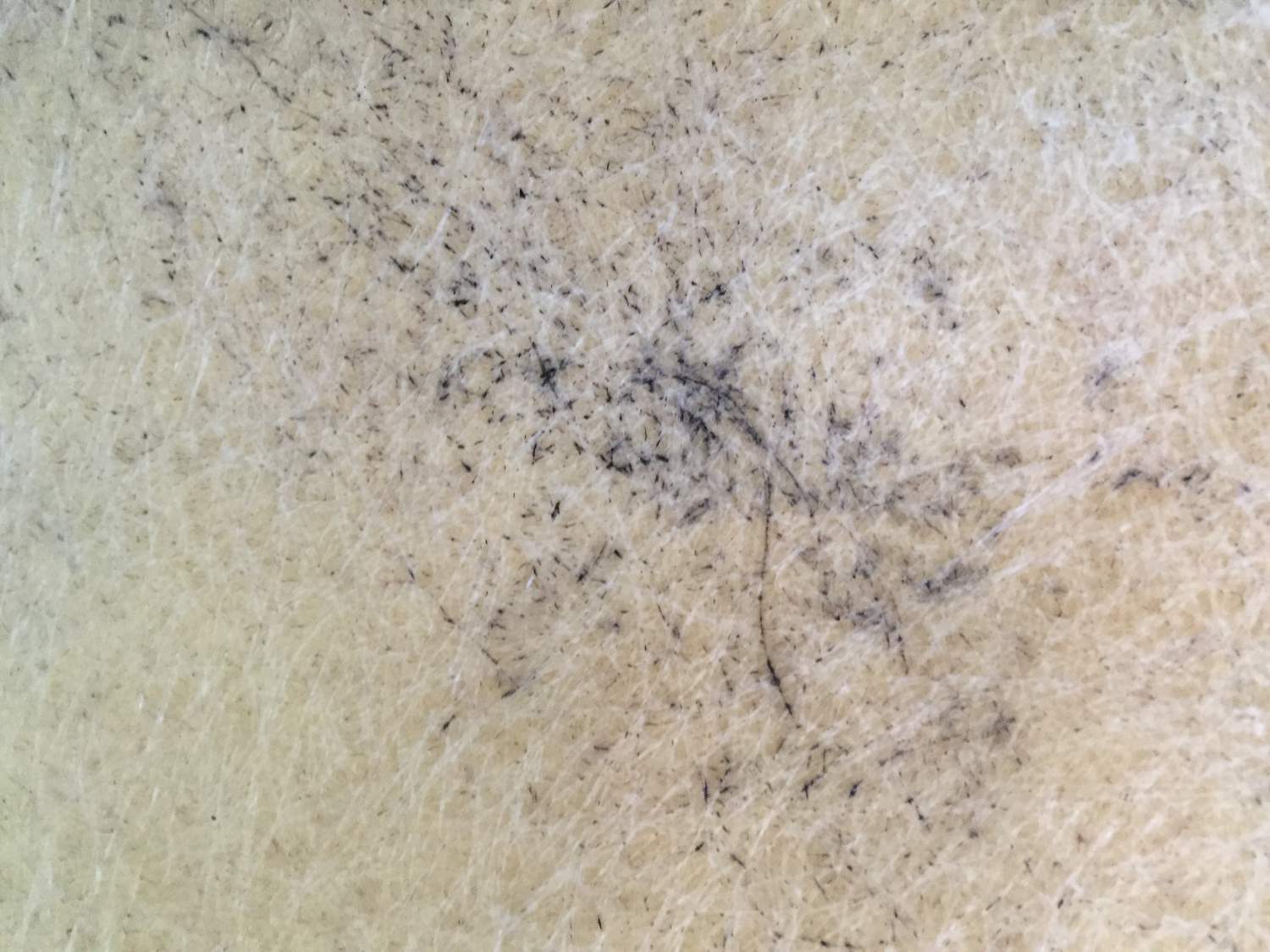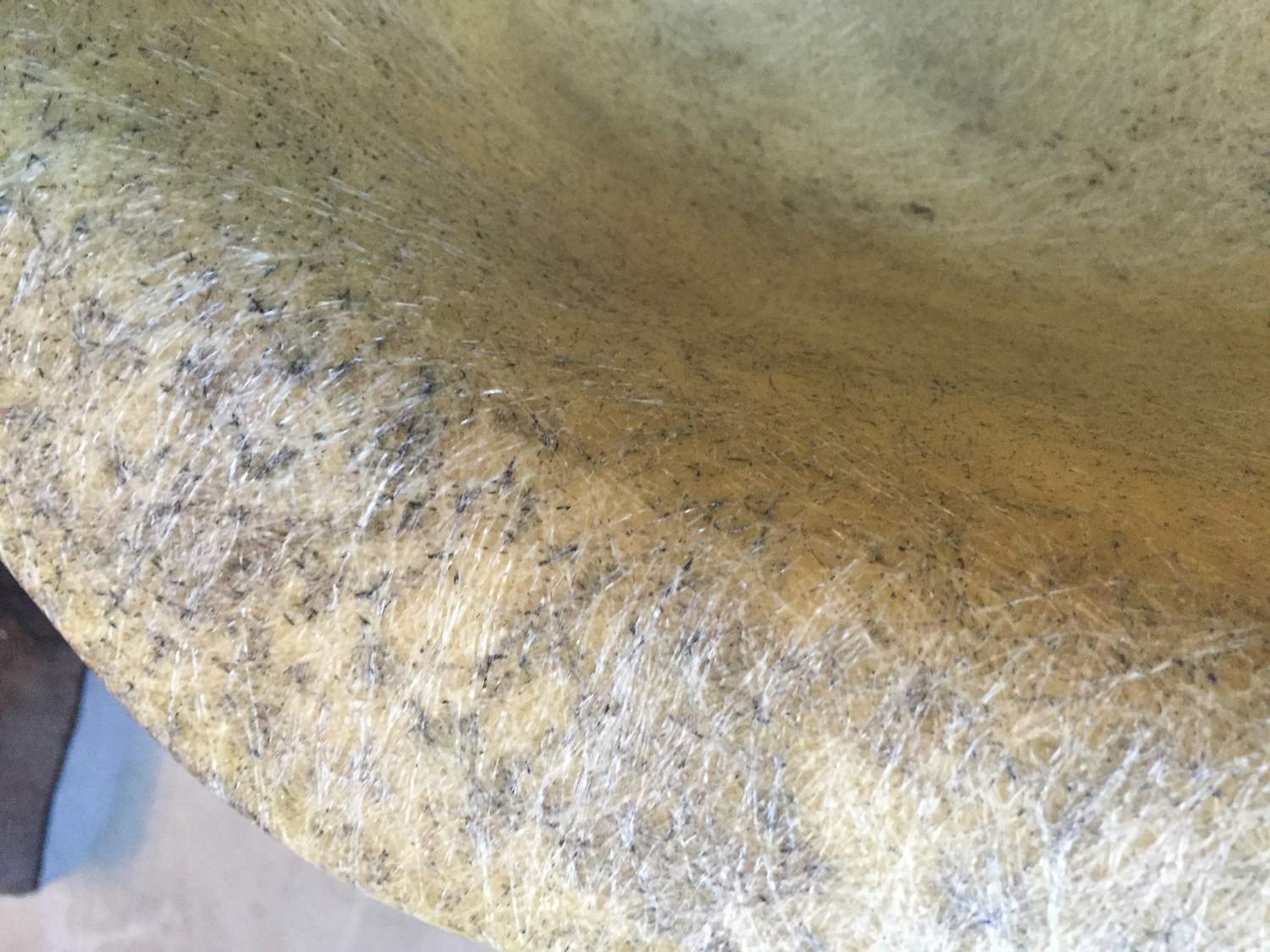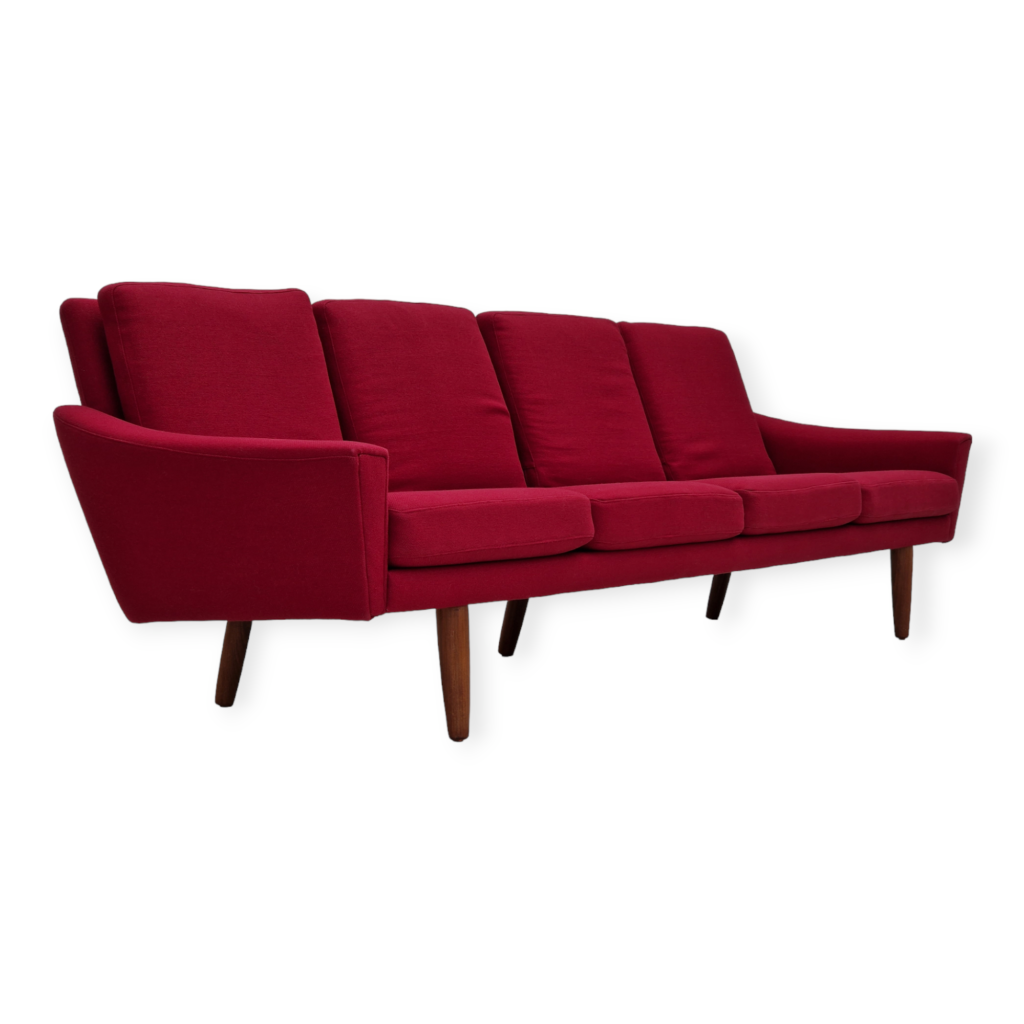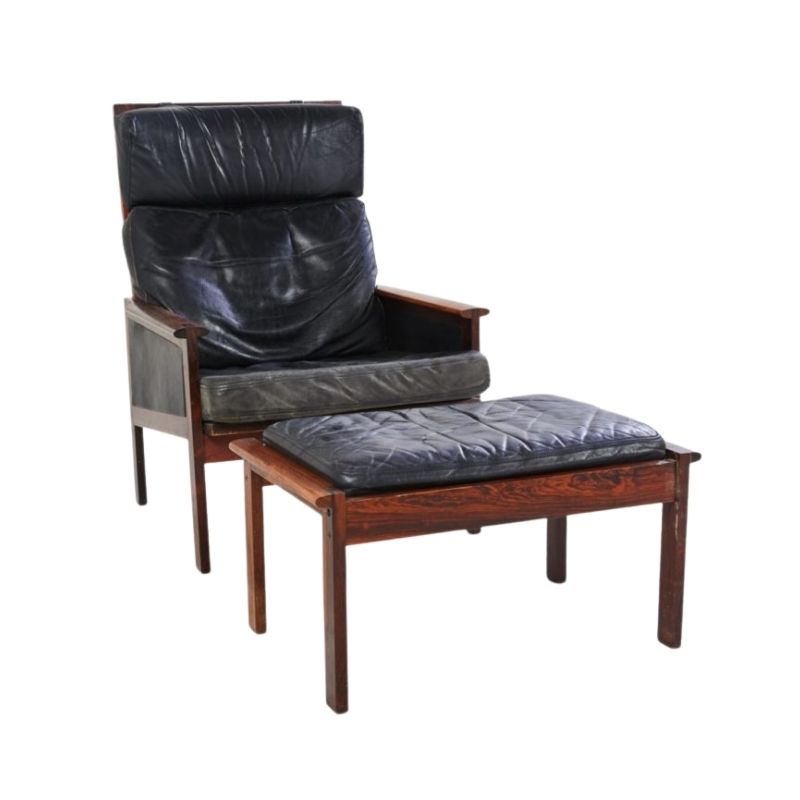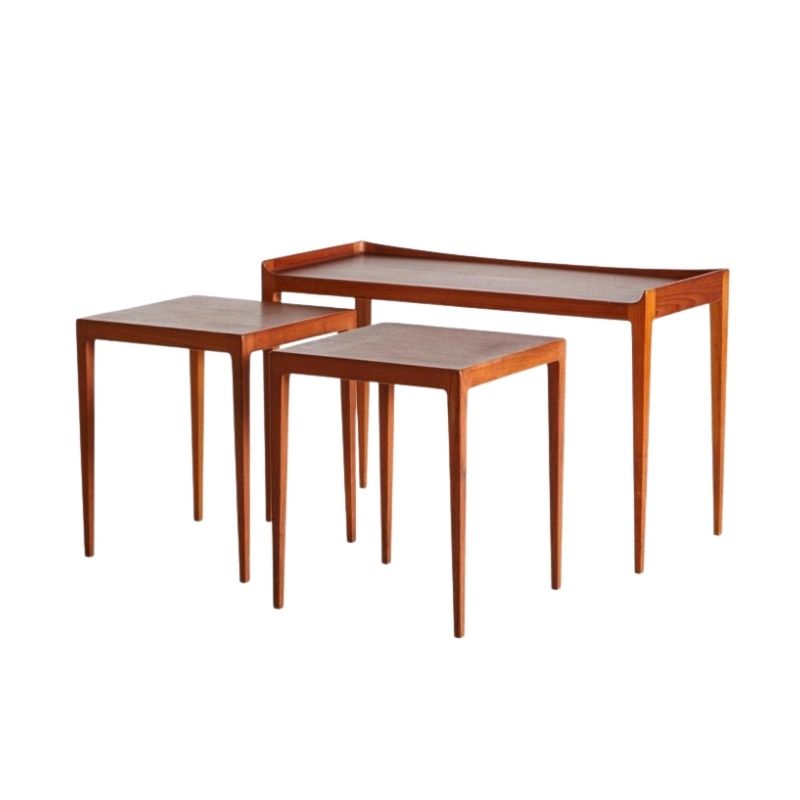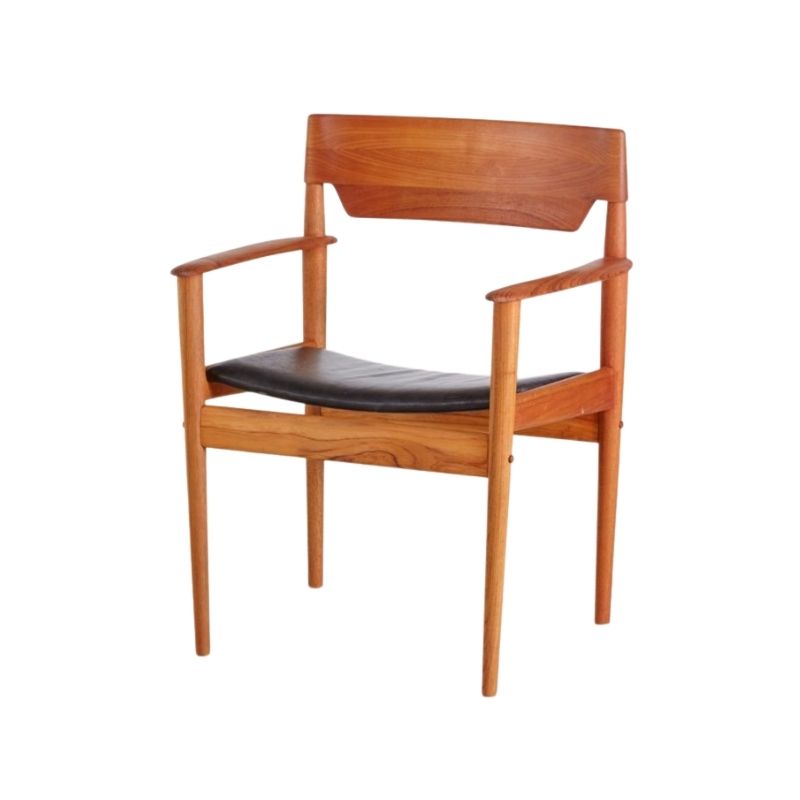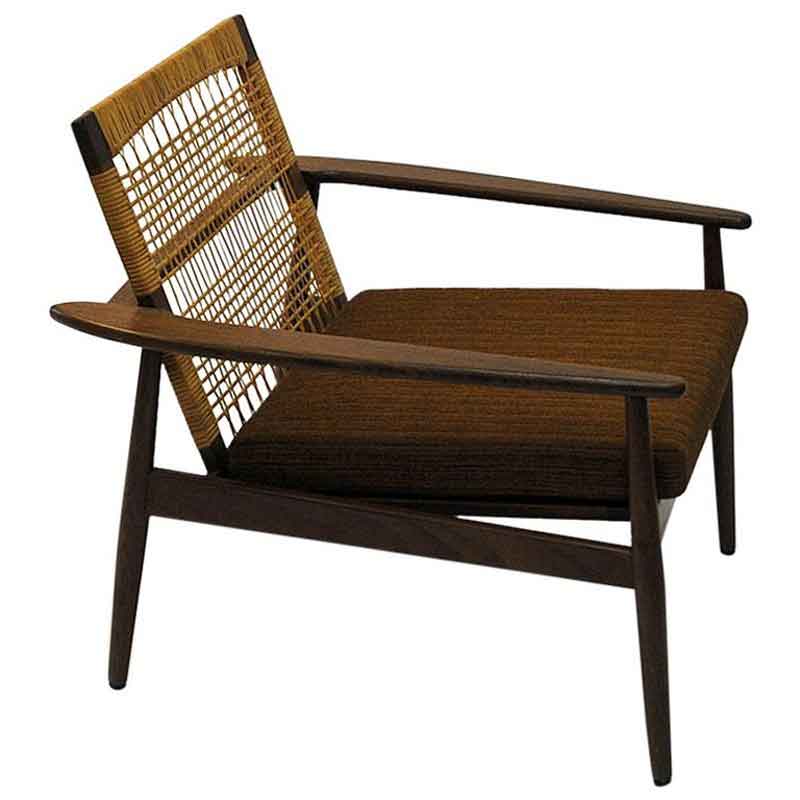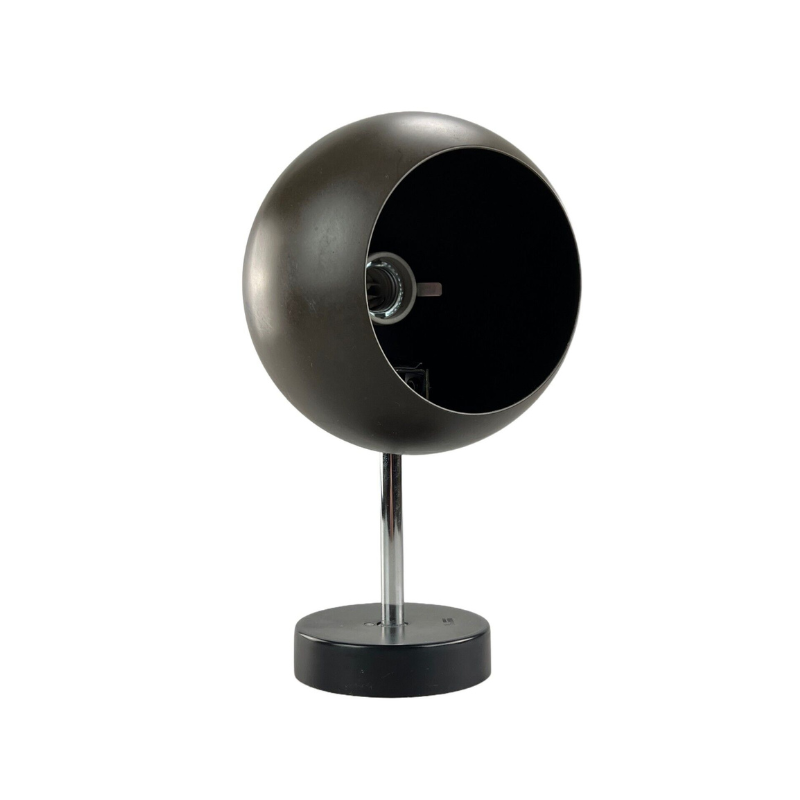Hey all --
I picked up a bunch of arm shells recently, including a pair of rope edge DAXs -- one in yellow, and one in seafoam. A number of the shells had been left stacked on a patio for decades, and have some rough fiberglass in places. In particular, the two rope edge chairs have a ton of loose fiberglass, especially on the back--but also some on the front--and I'm looking for advice.
Most of the shell restoration guides say not to touch rope edge chairs, but these are pretty much unusable without some restoration. I get itchy whenever I go within a few feet of them. 🙂
Any advice? wet sand + penetrol? linseed oil + marine grade wax? virgin blood + yak milk? 🙂
 <img class="wpforo-default-image-attachmen
<img class="wpforo-default-image-attachmen
Nice find, bellwethr.
I doubt Pentrol would sufficiently cover and seal loose fibers, and adding wax to the equation would eliminate the possibly of correctly repairing these in the future.
Standard for the period was two-part polyester resin. If I had a lot of time on my hands and was no too worried about the possibility of trashing one of these, I might:
1) clean them thoroughly with hot dishsoap and thoroughly rinse;
2) give them at least a week in a dry, warm environment to dry out;
3) mix up some polyester resin and apply to the loose fibers (maybe in a few thin coats, letting the resin get tacky between coats, assuming the manufacturer says this is okay);
4) wait for the resin to cure; and
5) sand the excess resin down to flush with 400- to 1200-grit sandpaper.
Not actually that much work, but would require some patience. That said, I have never done this before.
Let us know what you decide and how it goes.
Interesting approach, teakhound. My thought with Penetrol was that wet sanding would knock down most of the loose fibers, and smooth down the roughness of the surface -- but I'm worried about going too far and removing the characteristic look of these early shells. The resin approach you suggested is interesting, but I'd probably end up coating the entire chair in a couple coats since the fibers are loose to varying degrees everywhere--so sanding down to flush isn't really an option given that this isn't a spot treatment. I suppose I could apply the orbital sander all over it after letting the resin cure to smooth it out, but I'm worried that I might end up altering the profile subtly.
Household laundry bleach and water solution. Start with 50/50 a quarter cup of each. Adding a single drop of Dawn dish washing detergent wouldn't hurt. Flood the mildewed areas and gently agitate with a soft toothbrush. Wear gloves, eye protection, and old clothes. Work outdoors and rinse thoroughly with water. Try not to let the bleach solution sit for any longer than necessary - 15 minutes, or so, tops. If that doesn't work, try straight hydrogen peroxide from the pharmacy and rinse. Dry by patting with a cotton towel. Do same with the bases and live with the results. Maybe burnishing the metal after cleaning with a linen or burlap rag to dry, but I'd stop there. It's called "patina". They're never going to, nor should they, look new.
Nice pair!
Rnmb -- any luck cleaning yours?
I decided to try wet sanding with penetrol first to see how the chairs looked/felt after that treatment. I've sanded down a lemon yellow RAR, which removed the loose fibers -- I've only used 220 grit so far. They're feeling much better--much less itchy to the touch. I'm going to move up to 400 before applying penetrol, but in the meantime, my chair looks a lot like yours Rnmb -- lots of dirt/mildew --and it's localized in a few spots. I'm down with patina, but I'd like to reduce the size of the spots.
tktoo -- I'm thinking to try the bleach approach you mentioned above.
We started cleaning with some different cleaners on one with a scrub brush and definitely saw a difference but we just haven't had time to finish the project. We used this cleaner called LA's totally awesome that my wife had heard about working in almost anything and it worked pretty well.
Hi Rnmb,
I strongly agree with tktoo's cleaning suggestions for your chairs.
With restraint, patience (and often several repetitions) this approach works very well on fiberglass.
I also agree with tktoo's idea about saving the original patina on both the shells and the legs, and letting them be what they are.
Over time, you can appreciate the chair's life-story more, when that story is saved rather than eliminated.
If you need any help, please contact us at – info@designaddict.com


